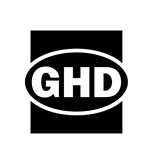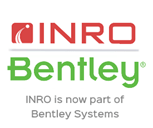ICUs and testing clinics: a re-examination of the 30 min city under COVID-19
Daniel Yu Hung Lin, Sikun Liu, Qi Chang, Hao Wu & Emily Moylan
The University of Sydney, NSW
This presentation was delivered at the 2021 Online Conference Series and until October 2022 is only available to registered delegates and Content Access Pass holders via Interchange. For information on accessing this and other presentations please review the Content Access Pass options.
ABSTRACT
Australia is a fast-growing urban country with a high standard of living. During rapid growth phases, access to social infrastructure can show temporal lag and spatial variability. The COVID-19 pandemic raised awareness of the importance of access to medical services ranging from pharmacies and testing clinics to ICUs with ventilators.
This presentation reports on a nuanced assessment of the access to COVID-19 testing clinics and ICUs in Sydney, Australia. Using the multimodal transport network to estimate the ease of moving between areas, we examined spatial variation and crowding within the health care sector by comparing access to COVID-19 testing clinics, ICUs, General Practice clinics, pharmacies, hospitals and emergency departments. We measured how different land use and development patterns impact residents' ability to access health care infrastructure using metrics such as cumulative opportunities and population-weighted competitive accessibility index to rate the accessibility.
The results show that accessibility to health care infrastructure is higher in regions with high accessibility to train stations regardless of type of travel mode measured. For most healthcare services, greenfield development experiences lower levels of accessibility while infill development enjoys higher levels of accessibility. These findings have particular significance in light of the current decreased patronage on public transit and the increased virtualisation of work activities. The results show that the density associated with traditional urban forms carries accessibility benefits for during and post-COVID scenarios.
Author
Daniel Yu Hung Lin | The University of Sydney
Having worked on-site as a heavy plant operator for 2 years, Daniel has done numerous projects such as constructing concrete drainage, hill demolition, road clearing in Thailand, and maintaining asphalt roads.
Daniel is currently pursuing a civil engineering study and career, with interests in Construction, Transport, and Geotechnical Engineering. He has done a total of 5 year-long civil-related projects and research, which dabbled in areas like material science, construction, transport, and environment internationally.







